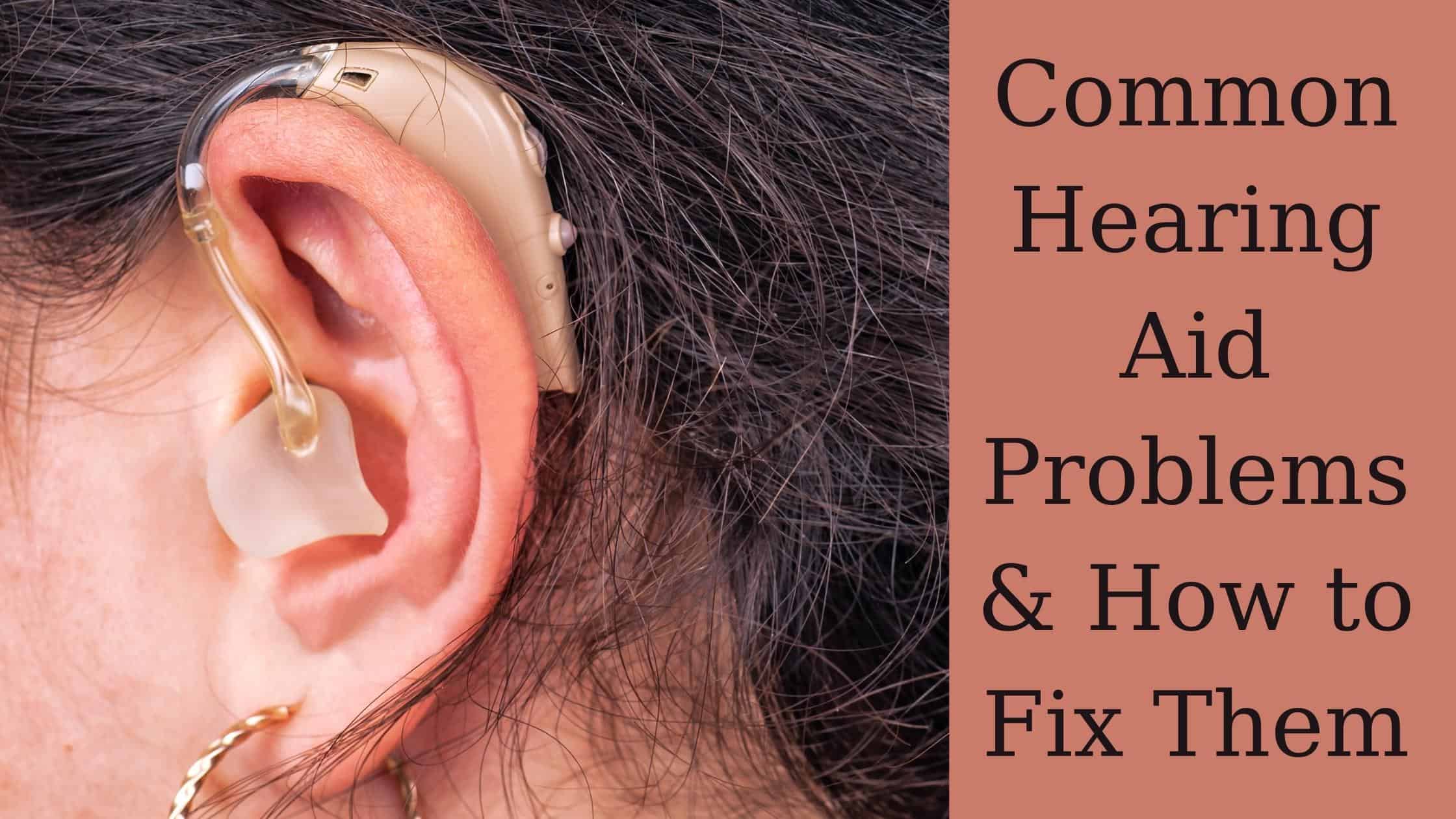
If you have hearing aids, you know how helpful they can be and what a brilliant world of sound they can deliver to your ears. That value they bring to your life means that you might feel like you’ve been left stranded when something goes wrong. In most cases, hearing aids do their job effectively day in and day out, but problems can arise from time to time. If you have a problem with your aids, you might be able to troubleshoot with your manual, but sometimes the problems are quite simple to fix. In other cases, you might need to make a call to your hearing health professional for some assistance. The following common problems and fixes are easy to remedy, but beyond these basics it is wise to contact a professional.
My Hearing Aids are “Dead”
If you aren’t getting any sound at all from your hearing aids, a few simple things might be going on. If your aids have batteries, then they might need to be replaced. Similarly, if you have rechargeable hearing aids, then they might need a charge. In some cases, a large piece of debris might be stuck in your microphone, so take a moment to gently wipe it down with a clean, dry cloth. You might even see a piece of debris or a waxy film over the device. Many hearing aids have programs and memory settings that can be modified on a smartphone app. If you have this type of hearing aid, then make sure nothing has gone awry with your preset functions. You might want to try changing a setting to see if that will bring your aids to life. Of course, the simplest solution is sometimes the best: make sure your hearing aids are turned on!
My Hearing Aids Sound Muffled
Sometimes you can get your hearing aids to turn on only to find that they sound very muffled, quiet, or distorted. Surface blockage is often the culprit of these problems, most commonly earwax. If earwax gets embedded in any of the components, then the sound can be attenuated before it reaches the ear. Take a moment to carefully examine the aids. If you see a broken or blocked tube, microphone, or speaker, then you might need to seek assistance from a technician. Of course, it is also possible that your hearing has changed. Perhaps you didn’t notice the gradual shift in hearing ability, but it might be that hearing loss has increased to the point that you need more assistance from your aids. In this case, you shouldn’t simply turn up the volume. Contact your hearing health professional to get a hearing test, making sure that no other health problems are responsible for the change in hearing ability. You can adjust your settings in consultation with a specialist available to advise you.
My Hearing Aids are Whistling with Feedback
This problem was more common in older models of hearing aids, but it continues to be an issue for some current aids, as well. Feedback tends to be an issue of fitting, so first try taking out your aids and reinserting them. If you find that the aids are still making that sound, you might try turning down the volume. Again, you might have something blocking one of the components, so make sure that is not the case. If all else fails, you can contact your hearing health professional for further assistance. It might be the case that your aids are not fitting properly into the shape of your ear, causing the structural conditions for feedback. A different fit might do the trick, and other adjustments to your audio profile can resolve these issues, as well.
With these troubleshooting steps in action, you should be able to resolve many of the issues that come up for you with your hearing aids. However, if the problem persists it is best to seek professional assistance. Resist the temptation to modify your hearing aids on your own or to open them up and tinker with the components. Although you can perform basic steps of maintenance, anything beyond that risks doing more harm than good.
